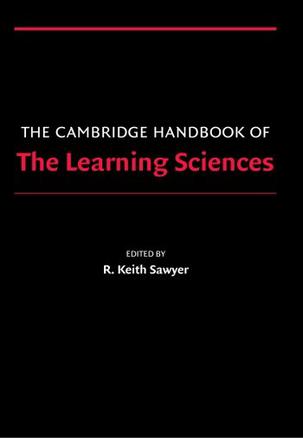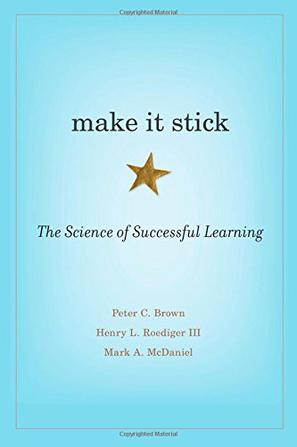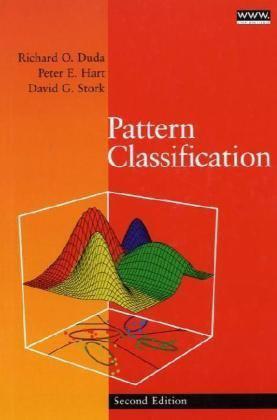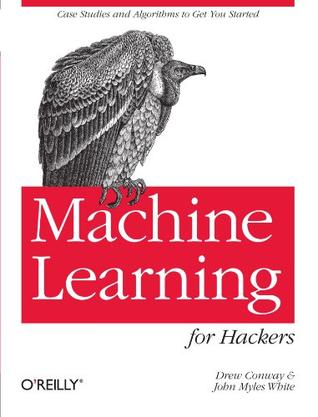-

Mindstorms
A history of freedom in Western culture traces the evolution of this cherished idea from ancient times to the modern day. Reprint. National Book Award winner. NYT. -

The Cambridge Handbook of the Learning Sciences
Learning sciences is an interdisciplinary field that studies teaching and learning. The sciences of learning include cognitive science, educational psychology, computer science, anthropology, sociology, neuroscience, and other fields. The Cambridge Handbook of the Learning Sciences shows how educators can use the learning sciences to design more effective learning environments - including school classrooms and also informal settings such as science centers or after-school clubs, on-line distance learning, and computer-based tutoring software. The chapters in this handbook each describe exciting new classroom environments, based on the latest science about how children learn. CHLS is a true handbook in that readers can use it to design the schools of the future - schools that will prepare graduates to participate in a global society that is increasingly based on knowledge and innovation. -

Make it Stick
To most of us, learning something "the hard way" implies wasted time and effort. Good teaching, we believe, should be creatively tailored to the different learning styles of students and should use strategies that make learning easier. Make It Stick turns fashionable ideas like these on their head. Drawing on recent discoveries in cognitive psychology and other disciplines, the authors offer concrete techniques for becoming more productive learners. Memory plays a central role in our ability to carry out complex cognitive tasks, such as applying knowledge to problems never before encountered and drawing inferences from facts already known. New insights into how memory is encoded, consolidated, and later retrieved have led to a better understanding of how we learn. Grappling with the impediments that make learning challenging leads both to more complex mastery and better retention of what was learned. Many common study habits and practice routines turn out to be counterproductive. Underlining and highlighting, rereading, cramming, and single-minded repetition of new skills create the illusion of mastery, but gains fade quickly. More complex and durable learning come from self-testing, introducing certain difficulties in practice, waiting to re-study new material until a little forgetting has set in, and interleaving the practice of one skill or topic with another. Speaking most urgently to students, teachers, trainers, and athletes, Make It Stick will appeal to all those interested in the challenge of lifelong learning and self-improvement. -

Pattern Classification
The first edition, published in 1973, has become a classic reference in the field. Now with the second edition, readers will find information on key new topics such as neural networks and statistical pattern recognition, the theory of machine learning, and the theory of invariances. Also included are worked examples, comparisons between different methods, extensive graphics, expanded exercises and computer project topics. An Instructor's Manual presenting detailed solutions to all the problems in the book is available from the Wiley editorial department. -

Machine Learning for Hackers
Now that storage and collection technologies are cheaper and more precise, methods for extracting relevant information from large datasets is within the reach any experienced programmer willing to crunch data. With this book, you'll learn machine learning and statistics tools in a practical fashion, using black-box solutions and case studies instead of a traditional math-heavy presentation. By exploring each problem in this book in depth - including both viable and hopeless approaches - you'll learn to recognize when your situation closely matches traditional problems. Then you'll discover how to apply classical statistics tools to your problem. Machine Learning for Hackers is ideal for programmers from private, public, and academic sectors. -

The Art of Learning
Josh Waitzkin knows what it means to be at the top of his game. A public figure since winning his first National Chess Championship at the age of nine, Waitzkin was catapulted into a media whirlwind as a teenager when his father's book Searching for Bobby Fischer was made into a major motion picture. After dominating the scholastic chess world for ten years, Waitzkin expanded his horizons, taking on the martial art Tai Chi Chuan and ultimately earning the title of World Champion. How was he able to reach the pinnacle of two disciplines that on the surface seem so different? "I've come to realize that what I am best at is not Tai Chi, and it is not chess," he says. "What I am best at is the art of learning." In his riveting new book, The Art of Learning , Waitzkin tells his remarkable story of personal achievement and shares the principles of learning and performance that have propelled him to the top -- twice. With a narrative that combines heart-stopping martial arts wars and tense chess face-offs with life lessons that speak to all of us, The Art of Learning takes readers through Waitzkin's unique journey to excellence. He explains in clear detail how a well-thought-out, principled approach to learning is what separates success from failure. Waitzkin believes that achievement, even at the championship level, is a function of a lifestyle that fuels a creative, resilient growth process. Rather than focusing on climactic wins, Waitzkin reveals the inner workings of his everyday method, from systematically triggering intuitive breakthroughs, to honing techniques into states of remarkable potency, to mastering the art of performance psychology. Through his own example, Waitzkin explains how to embrace defeat and make mistakes work for you. Does your opponent make you angry? Waitzkin describes how to channel emotions into creative fuel. As he explains it, obstacles are not obstacles but challenges to overcome, to spur the growth process by turning weaknesses into strengths. He illustrates the exact routines that he has used in all of his competitions, whether mental or physical, so that you too can achieve your peak performance zone in any competitive or professional circumstance. In stories ranging from his early years taking on chess hustlers as a seven year old in New York City's Washington Square Park, to dealing with the pressures of having a film made about his life, to International Chess Championships in India, Hungary, and Brazil, to gripping battles against powerhouse fighters in Taiwan in the Push Hands World Championships, The Art of Learning encapsulates an extraordinary competitor's life lessons in a page-turning narrative.